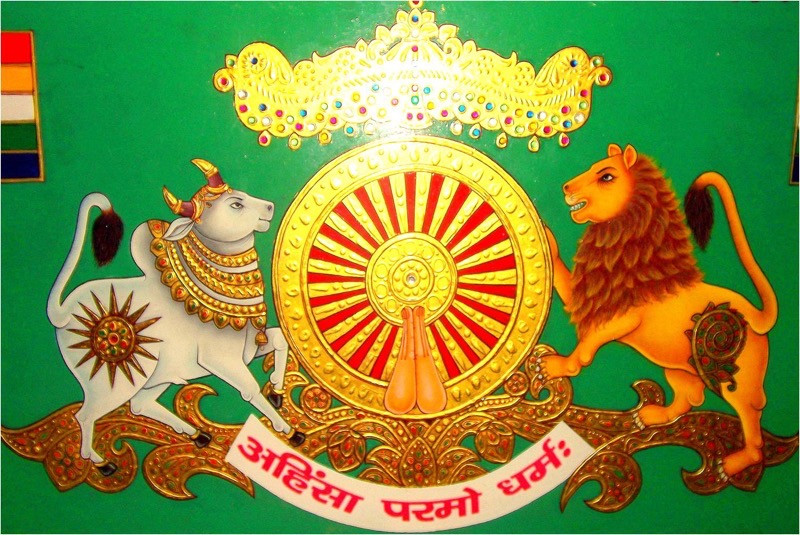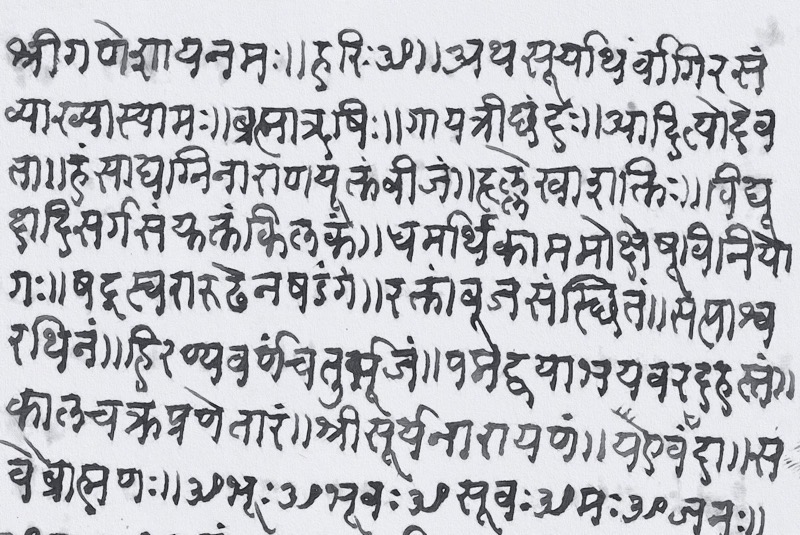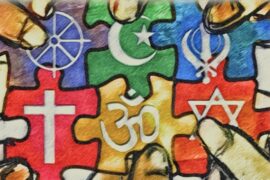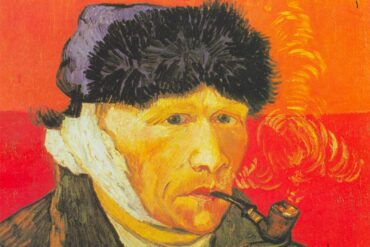Sanatana Dharma, or ‘eternal order’, is hailed by patrons, adherents, and evangelists of the Hindu faith as the inviolable product of an illustrious nation. It is extolled as an all-encompassing, insuperable, and sacrosanct set of doctrines whose origins are obscure and ambiguous. The faithful unanimously believe these complex codes of conduct to be set deep in antiquity (4000+ years) with a touch of divinity. However, lurking behind its plausible benefit to Indian civilisation reeks one of the most discriminatory social orders in human history and is unfalsifiable by a deft introduction of myths.
In India, the enemy of truth has never been lies but myths. The world has eradicated kings and queens, lords and vassals, indentured labour, and stratified class systems through mass movements and revolutions in the past centuries. Yet, Sanatana Dharma, intricately and inseparably tied to the caste system, has intellectually and morally enchained Indian society for millennia.
The etymology of the word Santana Dharma, especially what constitutes ‘eternal,’ is open to interpretation. But unambiguously, in the context of Hinduism, it includes a belief in the soul and rebirth, the caste system and the doctrine of purity. The caste system is an integral part of the concept, necessary to perpetuate the eternal aspect of Sanatana Dharma through cycles of birth and rebirth.
The Karmic Law operates through these cycles until one attains the birth of a Brahmin. This is considered the most refined state, a stepping stone to Moksha (salvation), to break the cumbersome triad of the life-death-rebirth cycle and to merge with Brahman or cosmic consciousness. A lower birth than a Brahmin connotates retributive justice to bad Karma in the past life.
The ideology of Sanatana Dharma is in stark contrast to what is considered eternal in Buddhism and Jainism, two of the prominent faiths that originated in India. In Buddhism, the doctrine of impermanence is eternal truth and, therefore, Sanatan. The Jain idea of Sanatan emphasises the pursuit of non-violence; it believes in the soul, rebirth and the concept that the world has no beginning and end.

The dominance of Hinduism, by strategically sidelining Buddhism and Jainism in the subcontinent, has eventually caused a highly stratified and inequitable society. It is exclusively caste-based, throwing under its yoke, a hapless majority who were outside the caste system were manipulated to believe that their nemesis, low esteem, privation, and hardship were due to a divinely ordained fate.
The hierarchy of caste-based social division finds its earliest references in the Rig Veda, precisely in the 10th Mandala in Purusha Suktam. The text reads “brahmano ‘sya mukham asid, bahu rajanyah krtah, uru tad asya yad vaisyah, padbhyam sudro ajayata”. A loose translation entails that a Brahmin emerged from the head, Kshatriya from the arms, Vaisya from the belly and Sudra from the feet of the Cosmic entity called Virat Purusha. The politically motivated and strategically planned distorted view of these verses for dominion and control by the priestly class interpreted the pertinent texts as four distinct classes of people, namely Priests, Warriors, Tradesmen and Servants, in descending order.
And then there were outcastes, who didn’t qualify under the four castes, who were ostracised and persecuted as being pollutants, doing scavenging and other menial works. They were subjected to the curse of dishonour of hereditary occupation. No one cared for those evicted from mainstream society and lived on the fringes as their sight was polluting. They became the ‘untouchables.’ For the upper castes, the plight of these outcastes was just Sanatana Dharma at play, deemed fit because of bad Karma in their previous lives. And it was a sacrilege to disrupt their divinely ordained status quo.
Consequently, they were not even regarded as humans for most of the millennia. Oppression and exploitation had become a byword for these people. And all who believed – the cursed victim and the remorseless offender – in this toxic and erroneous scheme of things were called Sanatanis, or devout followers of Sanatana Dharma.
Futile attempts were made by pure Sanatinis, conscientious of the injustice to redefine Rig Vedic Varnashrama (caste) stratification to be open and not closed by birth. They held the view that untouchability was a later interpolation and corruption to the original text, and anyone, irrespective of their birth, could up and down the social ladder based on the attainment of Jnana (wisdom) and Karma (deeds). A Brahmin, therefore, could not claim Brahmin-hood merely by congenital privileges but must earn that high pedestal, perfection through his/her actions. But early Sanskrit literature – Puranas, Bhagavad Gita, Manusmrithi, Ramayana, Mahabharata, and Upanishads – categorically affirm the Rig Vedic text of a closed system of social stratification accorded by birth. In the long civilisational history of India, is there anyone who could change their lower caste and ascend to become a Brahmin by virtue of his deeds, as prescribed by the scriptures?
For example, Shrimad Bhagavatam, 11.17.49, states, “The Vaishyas (merchants) should always follow the teachings of Brahmins, while the Shudras (laborers) should for their livelihood accept a master from the higher social order and engage in his service”. Brahma Purana 64.19 says, “The utterance of Vedic passages is to be avoided by women and Shudras” and in 115.24, “The food cooked by a Shudra is despised by gods and noble men.” Manu-smriti I.91 reaffirms the position of a Shudra, “One occupation, only the Lord prescribed to the Shudra, to serve meekly, the other three castes”. Again, in Manu-smriti VIII. 272, “If a once-born man (Shudra), arrogantly teaches Brahmanas their duty, the king shall cause molten lead to be pored into his mouth and into his ears.”
Even the Kalki Avatar (re-incarnation) of Vasudeva (Krishna) in Kali Yuga is to chastise evil men and restore righteousness in a world rife with Shudras and outcastes usurping the hallowed positions that are prerogative of noble-men of twice-born, the three upper castes. Shrimad Bhagavatam corroborates in 2.7.38, “At the end of Kali-Yuga, when there exist no topics on the subject of God, even at the residences of the so-called saints and respectable gentlemen of the three higher Varnas (castes), and when the power of the government is transferred to the hands of ministers elected from the low-born Shudra class or less than them, and when nothing is known of the techniques of sacrifice, even by word, at that time the Lord will appear as the supreme chastiser.”
Egalitarianism, universal brotherhood, fraternity, dignity of all human beings and justice are wantonly missing in ancient Sanskrit texts of all schools of thought. Inspired by the ideals of Enlightenment, several Indian social reformers like Raja Ram Mohan Roy, Ishwar Chandra Vidya Sagar, and Jyotiba Bhule sought to educate the untouchable classes and accord women empowerment and liberation.
This engendered several ‘society’ initiatives for the renaissance of the oppressed population known variedly as Arya Samaj, Brahmo Samaj, Prarthana Samaj, etc. These radical thinkers encountered stiff resistance from ultra-orthodox Sanatanis. They rebranded themselves as custodians and defenders of Hindutva (a political term) to preserve Indian culture and traditions deeply entrenched within the tenets of caste hierarchies.
During colonial rule, Lord Macaulay envisaged and introduced an education policy, extending to impart western education to untouchable communities and women, with emphasis on English language and Hindi, eschewing Sanskrit and Persian. He was vilified and still incriminated by supremacist Hindus as an abominable disruptor of a glorious culture! Dr. B.R. Ambedkar rightly observed and famously said, “Hindu society as such does not exist. It is only a collection of castes. A caste has no feeling that it is affiliated to other castes, except when there is a Hindu-Muslim riot.”
Perhaps such apprehensions of a religion crumbling from within, at the disappearance of castes, have led illustrious sons of the soil like Mohandas Gandhi, and Swami Vivekanda to condone the institution of Varnashrama (caste hierarchy), much to the chagrin of Dalit communities. To them, Varnashrama is only a potent instrument of oppression and control.
Sanatana Dharma doesn’t have the theological or philosophical content to promote social cohesiveness, a sense of belonging, or the “we” camaraderie. It is a substratum for “Us” vs. “Them” divisions. A pan-Indian identity and unity was established by the Indian Constitution, which finally attempted a new beginning with the opening lines, “We, the people of India”. The “we”, as a social contract, did not exist before the founding of the Constitution.
The ultra-nationalist and ethno-nationalist forces clamouring for the preservation and perpetuation of Sanatana Dharma are essentially waging a war against the hallowed principles of constitutional equality and dignity. They are the reactionaries who abhor change, whose caste supremacist positions will be toppled by the onslaught of universal education, equality of opportunity, women empowerment, and social mobility of the downtrodden masses.
Indifference to this regressive ideology are the ones who are contended with a “Faustian Bargain”. Constitutional morality should triumph over institutional morality. In a rapidly changing world, Indians must be guided by the eternal light of unity and the essence of humanity rather than retracing their steps back into the eternal darkness of discrimination and damnation. This is the “New Sanatana Dharma” the nation should earnestly seek and adopt.
-30-
Copyright©Madras Courier, All Rights Reserved. You may share using our article tools. Please don't cut articles from madrascourier.com and redistribute by email, post to the web, mobile phone or social media.Please send in your feed back and comments to [email protected]











